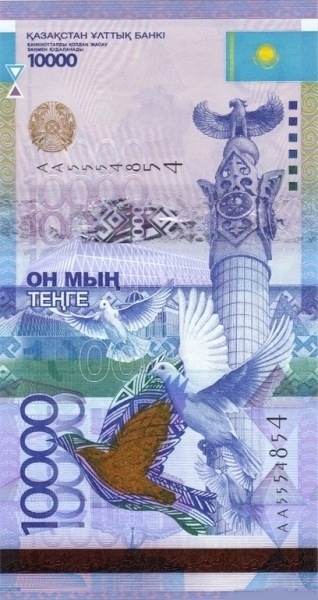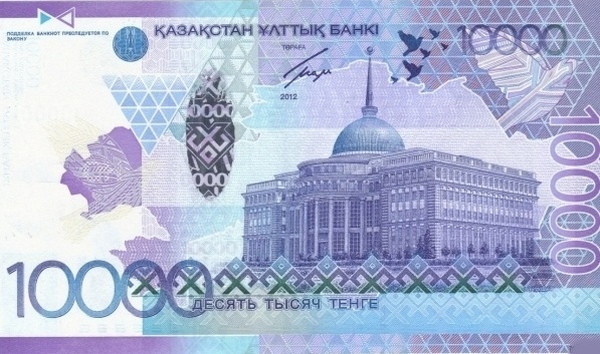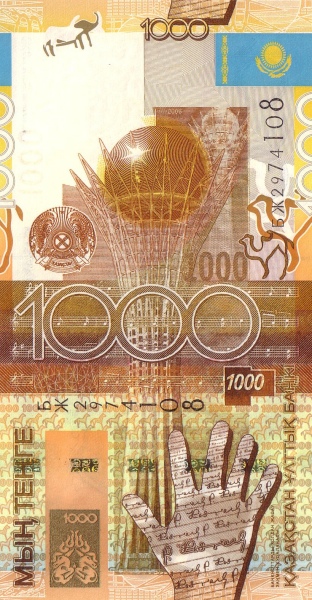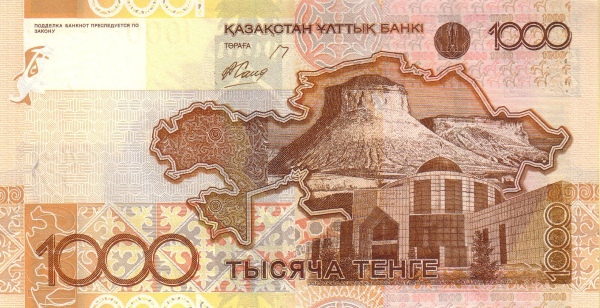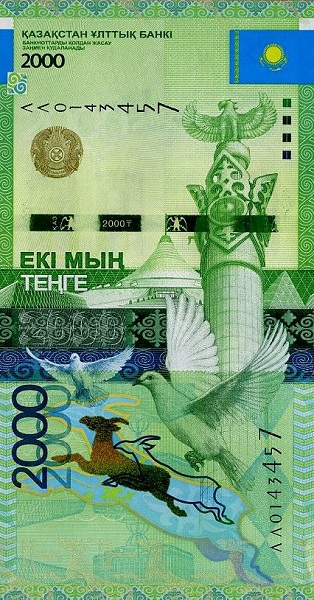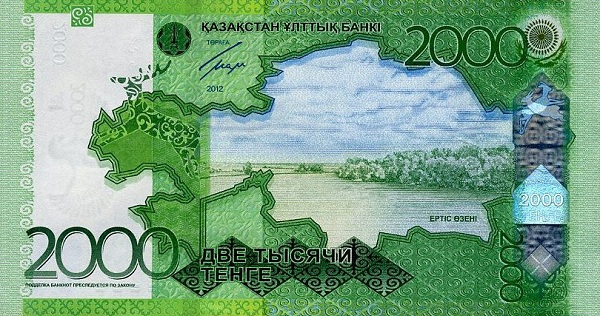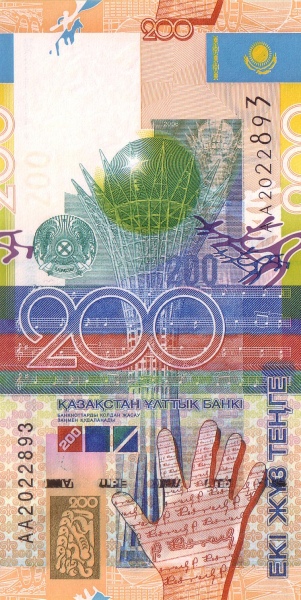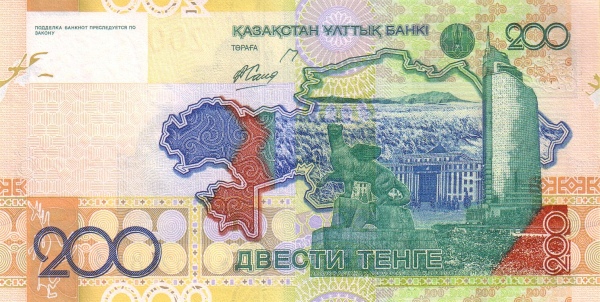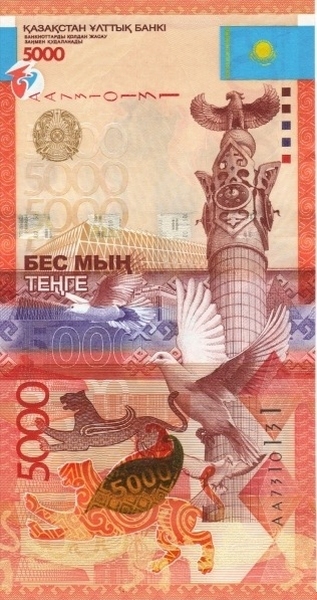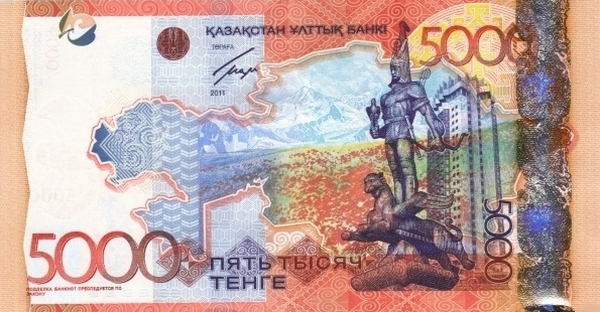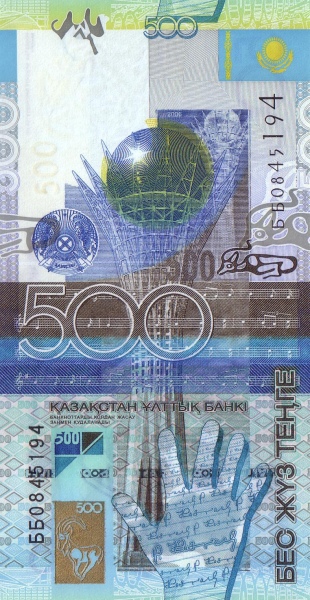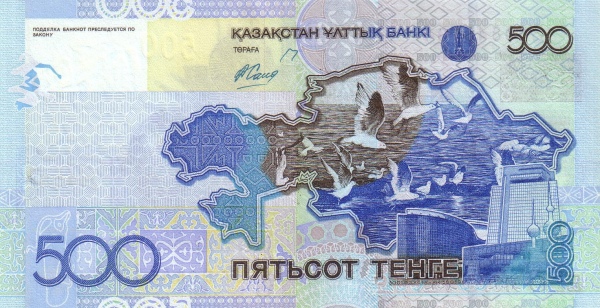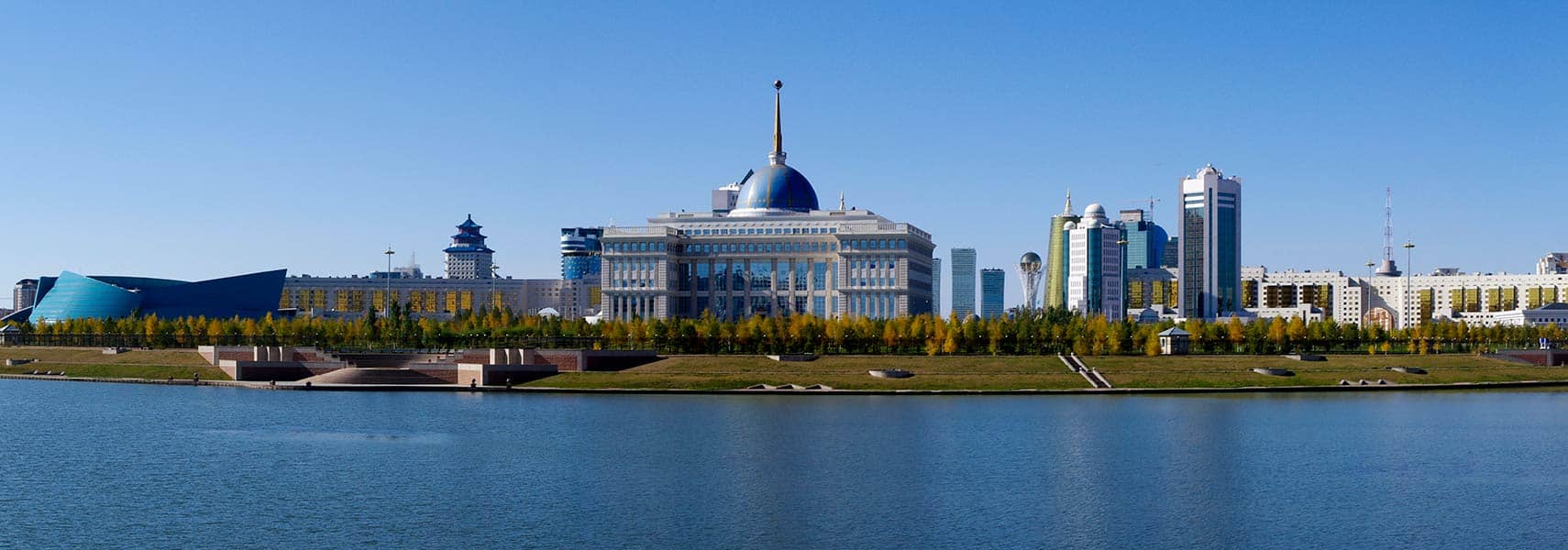Kazakhstan: The Heart of Central Asia
Kazakhstan, a vibrant republic in Central Asia, stretches from the Caspian Sea, borders Russia to the north, and reaches the majestic Altai Mountains in the east, all the way to China in the west. Until its independence in 1991, Kazakhstan was one of the fifteen Soviet republics. Even though a small portion of its territory, located west of the Ural River (known in Kazakhstan as Zhayyq), technically falls within Europe, this vast country showcases a unique blend of cultures and landscapes that truly captivates any traveler.
Geography and Borders
Encompassing an impressive area of 2,724,900 square kilometers, Kazakhstan claims the title of the largest landlocked country in the world. Despite its access to the Caspian Sea, it lacks direct connections to the world's oceans. To put it into perspective, Kazakhstan's size rivals almost the entirety of Argentina. Moreover, it is slightly less than four times larger than the US state of Texas. With borders shared with five nations—China, Kyrgyzstan, Russia, Turkmenistan, and Uzbekistan—Kazakhstan enjoys strategic significance in the region.
Population and Culture
The multiethnic landscape of Kazakhstan is home to approximately 17.7 million people (as of 2016). This ranking positions Kazakhstan among the most sparsely populated countries globally. Vast expanses of its territory remain largely uninhabited, allowing nature to thrive. The capital city, Astana, stands as a symbol of modernity, while Almaty, the largest city, boasts a rich cultural heritage. In terms of language, Kazakh serves as the official language, with Russian functioning as a widely spoken second language. This bilingualism reflects Kazakhstan's diverse cultural tapestry.
The Historical Mosaic of Kazakhstan
Origins of the Kazakh People
The roots of the Kazakh people trace back to a meld of Turkic and Mongol nomadic tribes that migrated into the region during the 13th century. Despite their rich heritage, these tribes seldom united as a single nation. As history unfolded, the area succumbed to Russian conquest in the 18th century, eventually becoming a Soviet Republic in 1936. The rich, complex history of Kazakhstan highlights the resilience of its people.
Impact of Soviet Policies
During the 1950s and 1960s, the Soviet Union's Virgin Lands Program encouraged citizens from various regions to migrate to Kazakhstan's northern pastures for agricultural cultivation. Although this initiative aimed to boost grain production, it significantly altered the ethnic demographics of Kazakhstan. As a result, non-Kazakhs outnumbered locals, a change that continued to shape the nation’s identity. After independence, many of these settlers began to emigrate, contributing to ongoing debates about national identity and belonging.
Modern Challenges and Opportunities
Today, Kazakhstan faces several pressing issues, such as establishing a cohesive national identity, leveraging its abundant energy resources for export while fostering economic growth and sustainability, and strengthening diplomatic relations with neighboring countries and global powers. Addressing these challenges will require innovative policies and a commitment to unity among the diverse ethnic groups present in the country.
The Richness of Arts and Culture in Kazakhstan
Kazakhstan's cultural landscape is vibrant and diverse, offering many artistic and historical experiences. The Central State Museum of Kazakhstan, located in Almaty, stands as one of the largest museums in Central Asia. With a stunning collection comprising around 300,000 artifacts, it invites visitors to explore Kazakhstan's rich paleontological history, alongside pieces that narrate its ancient, medieval, and contemporary eras.
Prominent Cultural Institutions
Furthering the cultural offerings is the A. Kasteyev State Museum of Arts, which reigns as the largest art museum in Kazakhstan. This institution houses a vast collection of Kazakhstani and international art, showcasing the country's artistic heritage. Additionally, the National Library of the Republic of Kazakhstan holds its own prestigious standing, recognized as one of the largest libraries globally. It leads the charge in Kazakhstani librarianship, serving as a vital resource for scholars and the public alike.
Environmental Efforts and Challenges
Despite its natural beauty, Kazakhstan grapples with serious environmental issues. These challenges include the lingering radiation from the former Soviet nuclear testing site in Semipalatinsk, the alarming shrinkage of the Aral Sea—once the fourth-largest lake in the world—and the desertification of agricultural lands. These problems severely affect the health and living conditions of rural populations. Primarily, these environmental concerns represent a legacy of the Soviet era, necessitating immediate attention and comprehensive strategies for mitigation.
The Future of Kazakhstan
As Kazakhstan continues to navigate its unique historical, cultural, and ecological landscape, the future holds promise. With an increasing focus on sustainable development and cultural heritage preservation, Kazakhstan is poised to become a significant player on the global stage. Maintaining its rich traditions while embracing modernity can help Kazakhstan strengthen its identity and improve the lives of its citizens. Through unity, dialogue, and progressive policies, Kazakhstan can transcend its challenges and emerge as a leader in Central Asia and beyond.
Largest cities of: Kazakhstan
| City Name | Population | Year of foundation | |
| Astana | 1,200,000 | 1997 | |
| Almaty | 1,890,000 | 1854 | |
| Shymkent | 1,000,000 | 900 B | |
| Karaganda | 490,000 | 1943 | |
| Aktobe | 400,000 | 1869 | |
| Pavlodar | 300,000 | 1720 | |
| Semey | 300,000 | 1718 | |
| Uralsk | 200,000 | 1620 | |
| Atyrau | 200,000 | 1640 |
Kazakhstan: Money
